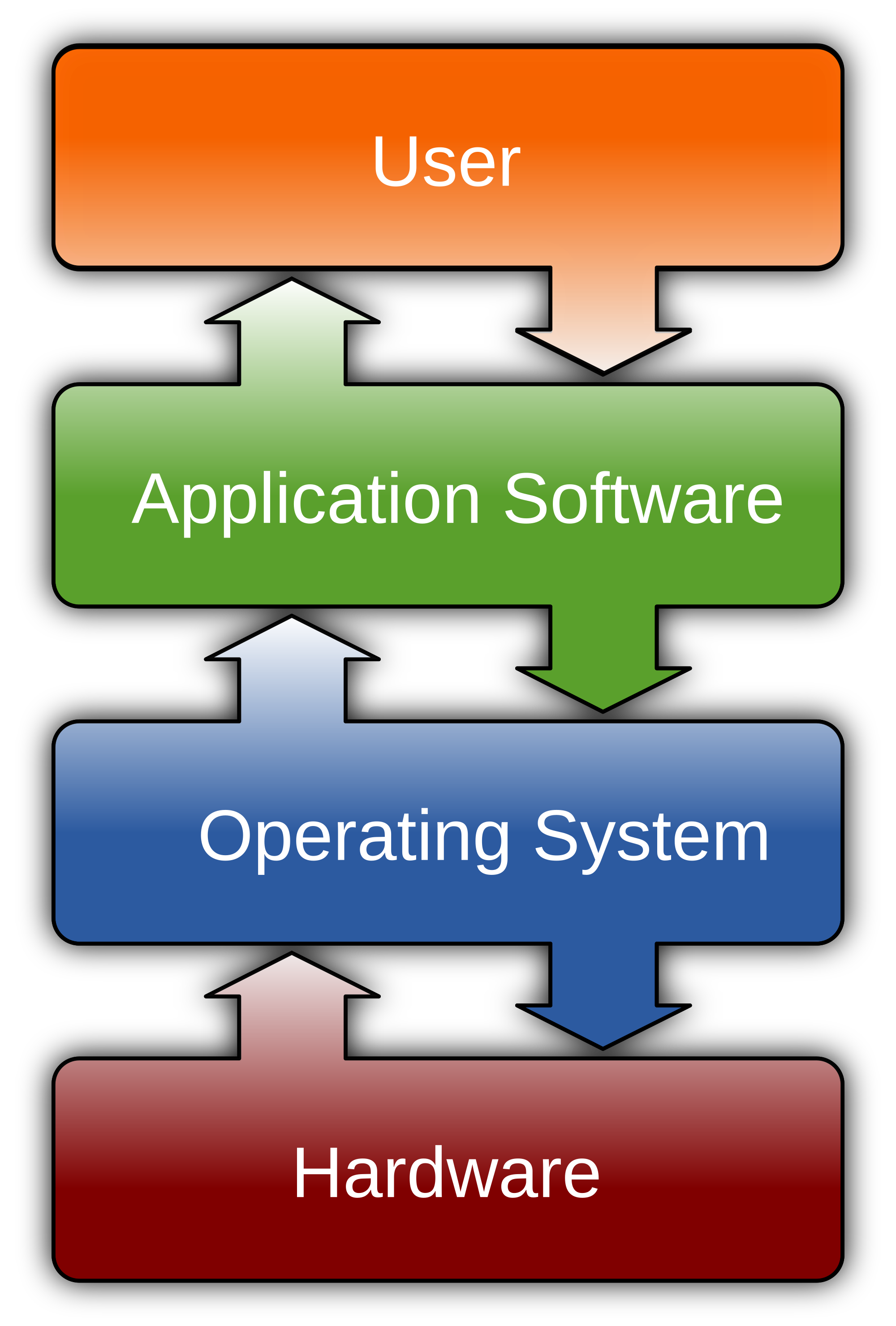Introduction & System theory.
Meaning and Elements of Computer Systems
Computer Systems
We are all aware of what computers are and their immense importance in our daily lives. It is an electronic device that not only stores data but also processes and manipulates data to carry out functions. Upon receiving valid instructions, a computer can perform a variety of operations.
What allows us to perform such tasks on the computer is a computer system. A computer system is the sum total of all the components (hardware and software) that makes up a fully functional computer.
Elements of a Computer System
There are six main elements that make up a computer system. They all interact with each other and perform the task at hand. Let us take a look at all of them.
1] Hardware
Hardware can actually be of four types, depending on which function they perform. The four types of hardware are,
- Input Hardware: For users to input data into the computer system. Examples: Keyboard, mouse, Scanner
- Output Hardware: To translate and display the result of the data processing =. Example: Monitor Screen, Printer etc
- Processing and Memory Hardware: Where data and information are processed and manipulated to perform the task at hand. It is also the workspace of the computer, where it temporarily stores data. Examples: Central Processing Unit (CPU), Read Only Memory (RAM)
- Secondary Storage Hardware: Where the computer system stores data permanently. Example: Hard disk, Pen drive etc
2] Software
Software is nothing but a set of programmes (computer instructions), which helps the user to do a set of specific tasks. It helps the user interact with the computer system with the help of hardware. Software, as you can imagine, is the intangible aspect of the computer system.
Basically, there are six main types of software, which are as follows,
- Operating System: These specialized programmes allow the communication between software and hardware. The operating systems run all the other computer programmes, and even regulate the startup process of the computer. Examples: Windows XP, Macintosh etc
- Application Software: These are designed to perform a specific task or a bunch of tasks. They can be user-designed (specific to the user’s needs) or readymade application software. Example: PowerPoint, Tally etc.
- Utility Software: Like operating systems, it is a system software. It helps maintain and protect the computer system. For example, Anti-virus software is a utility software.
- Language Processors: Software that interprets computer language and translates it into machine language. It also checks for errors in language syntax and fixes the problems.
- System Software: This types of software control the hardware, the reading of the data and other such internal functions.
- Connectivity Software: The special software that facilitates the connection between the computer system and the server. This allows the computer to share information and communicate with each other.
3]Liveware
The people interacting with the computer system are also an element of it. We call this element the Liveware. They are the ultimate “users” of the computer systems. There are three types of people that interact with the system, namely
- Programmers: Professionals who write the computer programs that allow users to interact with the computer. They must have technical knowledge of computers and computer languages.
- System Analyst: They mainly design data processing systems, and solve problems that arise in data processing
- End-Users: Also known as operators, they are the people who interact with the computer system.
4] Procedures
These are a set of instructions, written in code, to instruct a computer on how to perform a task, run a software, do calculations etc. There are three types of procedures in a computer They are,- Hardware-Oriented Procedure: Instructs the hardware components of the system, ensures they work smoothly
- Software Oriented Procedure: Provides instructions to launch and run software programs
- Internal Procedures: Directs the flow of information and sequences the data
5] Data
Data is essentially the raw facts and figures that we input in the computer. The data gets processed via the computer system and becomes information, which is processed and organized data. Information can then be used for decision-making purposes.
The measurement of data is done in terms of “bytes”. One kilobyte (KB) is approximately 1000 bytes, 1 megabyte (MB) is 1 million bytes and finally, 1 gigabyte (GB) is approximately 1 billion bytes.
6] Connectivity
This is when the computers are linked to a network. It facilitates sharing of information, files, and other facilities. Computers can connect to a network via LAN cables, Bluetooth, Wi-Fi, satellites etc. The internet is the most obvious example of connectivity in a computer system.









No comments:
Post a Comment